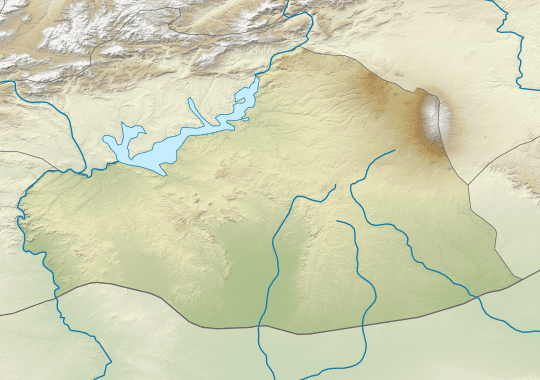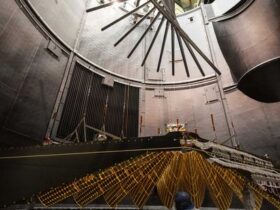The Coxcatlan Cave from Mexico’s Tehuacan Valley is one of the most popular time capsules the Earth naturally offers.
Archaeologists from the US and Mexico delved deep within the cave’s earliest chapter, relying on complicated dating techniques to figure out the age of animal bones buried among the rock shelter’s earliest layers.
The results were truly mind-blowing. They suggest that human presence in the area goes as far back as 33,000 years ago, which is a few thousand years before ice sheets stretched to their peak, and approximately 20,000 years earlier than present, commonly accepted evidence seems to suggest.
Obviously, a few different radiocarbon measurements are required for a total rethink.
However, the current study results, conducted by Iowa State University archaeologist Andrew Somerville will undoubtedly lay the base for heated debates over the timeline of human migration into the middle of the Americas, Science alert reports.
“We were surprised to find these really old dates at the bottom of the cave, and it means that we need to take a closer look at the artifacts recovered from those levels,” Somerville stated.
The Tehuacan-Cuicatlan Valley is a UNESCO World Heritage Site for a solid reason.
First of all, it is a biodiversity hotspot. Its dry climate has maintained records of human presence for thousands of years, making it a solid destination for researchers aiming to study the spread of our species across the Americas.
The cave presents deep layers of sediment and dry conditions, traces of activity going back at least 11,000 years.
Academics started wondering sometime during the mid-1990s how should they “read” the cave-s so-called “history book” with regards to the dating of some botanic exemplars suggesting that the written history may be out of order, leading to numerous studies, such as the one we talked about, aiming to find out the correct order.












Leave a Reply